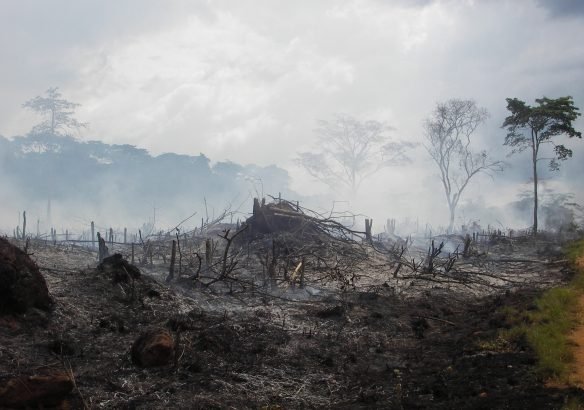Starting in the early 1990s, parts of the conservation community working on Nimba concluded that subsistence pressures represented the chronic and most pervasive threat to the survival of the mountains’ extraordinary biodiversity.
This conclusion is eloquently described in JF Pascual’s (1994) La Pauvreté : Contrainte Majeure de la Gestion Rationnelle des Ressources Naturelle des Monts Nimba.
SMFG’s environmental and social research since 2006 provides unprecedented insight into the biophysical and social environments of the Nimba Mountains.
As a result, SMFG has both collaborated extensively with the management agencies for the Mount Nimba WHS to increase its protection, and supported local development to draw subsistence pressures away from the SNR. Former hunters from surrounding villages are supported to undertake animal husbandry (pig-farming), too, for example.
In developing the Project, SMFG would not only minimise its footprint in the mining area, the company would contribute significantly to transforming the local economy through sustainable agriculture and careful spatial planning in the Buffer Zone, reducing subsistence pressures and drawing them away from sensitive areas like the Mount Nimba WHS.
Mine development could be a significant part of the solution to the long-term threats to the Mount Nimba WHS.

